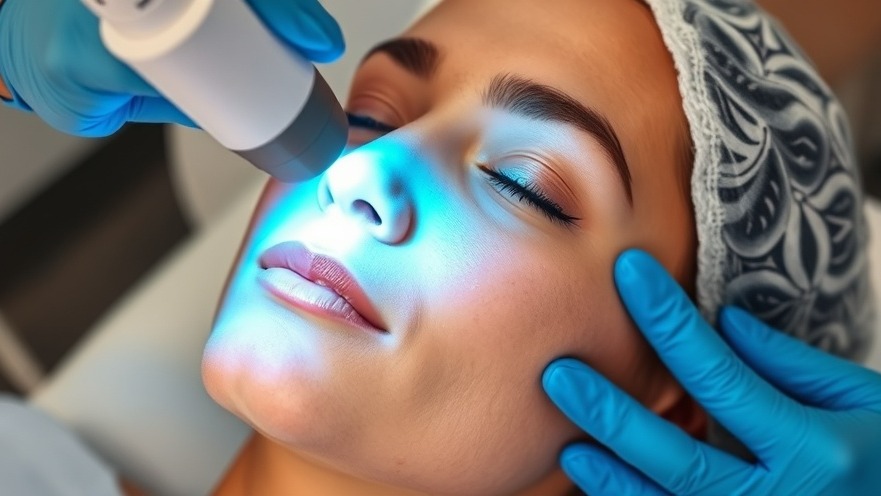
Understanding Laser Technology's Impact on Skin Treatment
In the ever-evolving landscape of dermatological treatments, one recent study has illuminated the path for more effective management of skin discoloration, specifically the nevus of Ota. This condition, often leading to significant patient distress, can now potentially benefit from innovations in laser technology.
The Role of Picosecond Lasers (PSL) in Modern Dermatology
Historically, laser treatments have relied on traditional methods, resulting in varied outcomes due to improper settings of irradiation levels. The picosecond laser (PSL) treatment represents a breakthrough in this area. With advancements in understanding laser dynamics, researchers have noted that PSL treatments can provide not only enhanced efficacy but also comparable safety profiles when applied correctly.
Importance of the Excessive Setting Index of Clinical Fluence (EICF)
A key development in optimizing laser treatment is the Excessive Setting Index of Clinical Fluence (EICF), articulated by a team from Osaka Metropolitan University. This in-silico mathematical model enables practitioners to set appropriate irradiation levels to avoid under- or over-exposure—issues that plagued prior meta-analyses. Dr. Yu Shimojo, a lead researcher, pointed out that understanding these irradiation parameters sheds light on the complexities of treatment effectiveness and side effects.
Clinical Implications for Health Practitioners
As concierge health practitioners, understanding the nuances of such advancements is critical. In utilizing PSL for nevus of Ota, the research indicates higher efficacy rates when conditions align with the EICF model. This means that practitioners striving to implement the latest treatments must stay informed about optimal settings and scientific evidence backing their device choices.
The Future of Laser Treatment
What does the future hold for laser therapy in dermatology? As technology continues to advance, we can anticipate a shift toward more individualized treatment plans based on precise data analytics. This movement toward hyper-personalization in dermatology could lead to improved patient outcomes and higher satisfaction levels.
Actionable Steps for Health Practitioners
For health practitioners eager to stay ahead in the field, there are a few actionable insights to consider. Firstly, investing in picosecond laser technology and familiarizing oneself with the EICF can significantly improve treatment outcomes. Additionally, continuous education on developing trends in dermatological treatments will serve to enhance the quality of care provided. Attending workshops and seminars focusing on laser technology will be beneficial in keeping abreast of innovative methodologies.
Conclusion: The Path Forward in Dermatology
In conclusion, the integration of advanced laser technologies such as PSL, supported by the EICF model, speaks to a broader trend in medicine towards precision and evidence-based treatment strategies. As concierge health practitioners, embracing these advancements will not only improve patient care but also keep your practice at the forefront of dermatological innovation. It is paramount to engage directly with emerging research and practical applications to enhance your skill set and decision-making processes.
If you are ready to optimize patient care using cutting-edge laser technology, explore training options and invest in suitable equipment. This commitment to staying informed and adaptive will not only benefit your patients but also elevate your practice in the competitive healthcare market.
 Add Row
Add Row  Add
Add 






Write A Comment